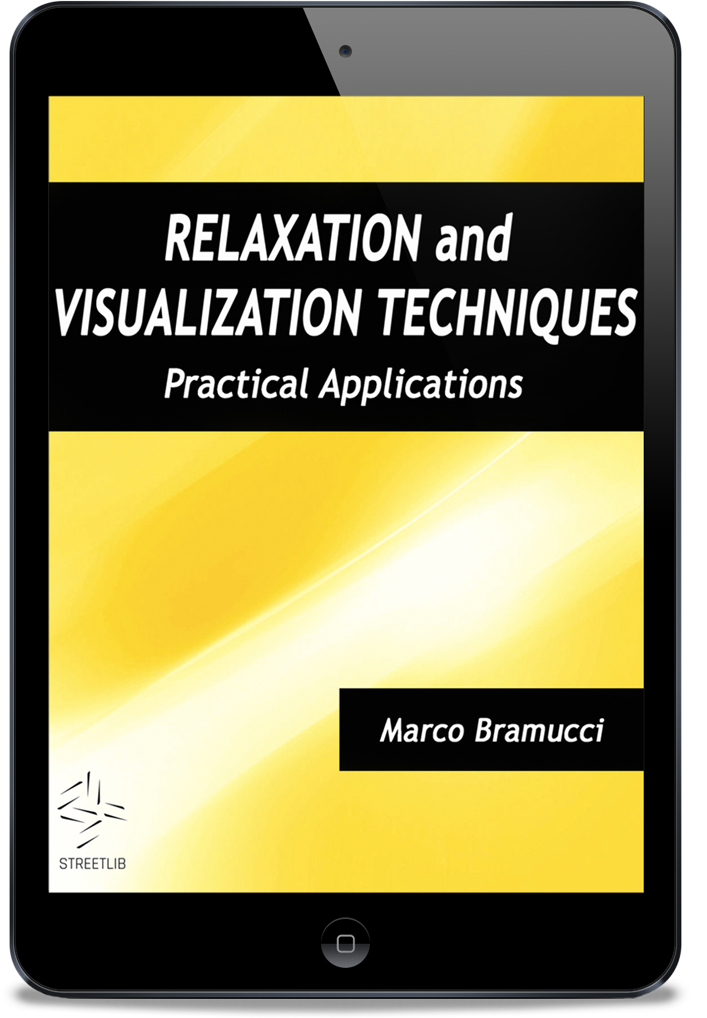Acupoints are spots on the skin that emerge from the meridians which form the main paths for the circulation of Qi. The concept of acupoint has been part of the Traditional Chinese Medicine (TCM) for thousands of years. Acupoints are stimulated to preserve or restore physical and mental wellbeing, according to the dictates of TCM. They can be stimulated in many ways, mainly with acupuncture-moxa, tuina massage, qi gong or guasha (folk TCM practices). There are 361 classic acupoints. They emerge from the 14 main meridians. Then there are the extra points or points out of the 14 meridian paths, and finally the so-called “ashi” points or points that are painful when pressed. Those are neither classic nor extra acupoints.
Trigger points are highly irritable points, which have the consistency of small knots and are painful if pressed. They can be located within a group of very contracted muscle fibers. These points are palpable and can refer pain in other areas.
Below are the main differences and correspondences between acupoints and trigger points
|
Acupoints |
Trigger points |
|
definition |
|
| They are spots belonging to the energy meridians and that emerge on the skin. They are considered acupoins whether they are painful or not and can refer pain. |
A spot is considered a trigger point only when it hurts, no matter if it is active or latent. Usually, it refers pain. |
|
why we use them |
|
|
to treat local or referred pain |
|
treatment methods |
|
|
|
|
location |
|
|
Not always fixed and determined. Usually we refer to Janet Travell and David G. Simons’ maps. |
|
discovery and usage |
|
| for thousands of years | for a little more than sixty years |
According to several authors, the study of trigger points has been an indirect study on acupuncture and how it works. It is commonly recognized that acupoints and trigger points share the same locations by about 80%. In my view, taking into account the ashi points and use that is made of acupoints in general, it can be assumed that the concept of acupoint is broader than that of the trigger point and includes it. In addition, studies of new acupoints – their properties and effects – are ongoing, so it is likely that new acupoints will be discovered and classified, increasing the correspondences between acupoints and trigger points.
(July 2014)






